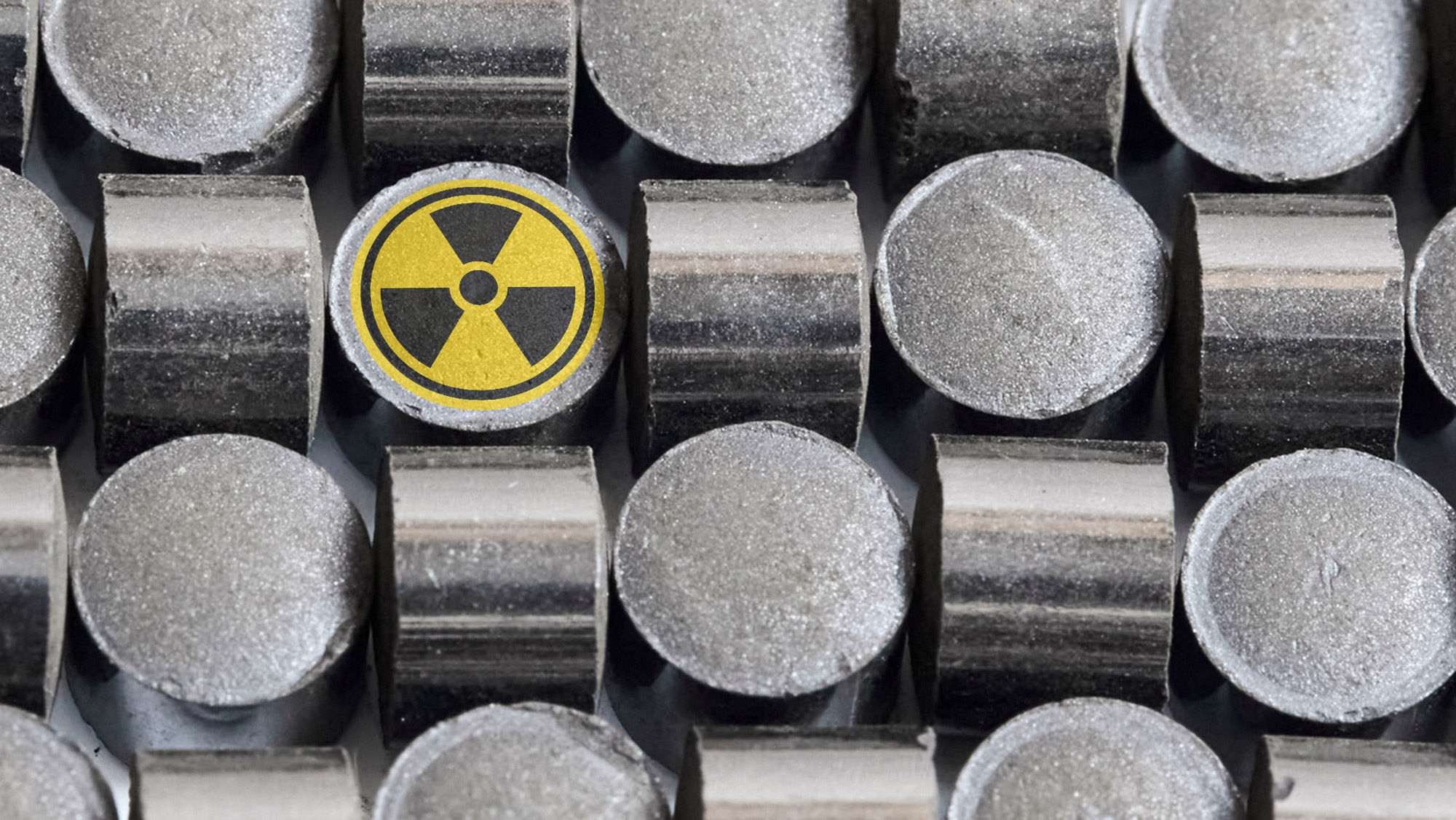
As artificial intelligence and machine learning continue to advance, the need for longer fuel cycles and flexible reactor designs becomes increasingly vital. These innovations help ensure secure, uninterrupted power for essential services such as banking, communication, healthcare, and infrastructure — ultimately benefiting the public and supporting our digital world.
Nuclear energy is re-emerging as a key player in meeting the energy demands of today’s society. Leading this transformation, researchers from Texas A&M University are tackling one of nuclear energy's most complex challenges: understanding how fuel behaves under stress.
Fuel pellets, found in the core of nuclear reactors, are made of uranium dioxide (UO2). These pellets endure extreme heat and radiation for months and even years. Over time, they begin to crack or fracture — sometimes subtly, sometimes catastrophically — compromising nuclear reactor safety, reducing fuel efficiency and increasing the volume of spent nuclear fuel.
According to the U.S. Department of Energy, global energy demands are rising, with data centers projected to consume up to 12% of U.S. electricity by 2028. The nuclear industry is pushing to increase its "burnup” to make fuel last longer. However, predictive tools are required to safely simulate how fuel degrades under real-world conditions.
Dr. Merve Gencturk, research assistant in the Department of Nuclear Engineering, led the development of an advanced thermo-mechanical phase-field model — a computer model that simulates how heat and mechanical forces interact to cause changes in materials over time — that simulates how UO2 fuel fractures under transient, accident-like conditions. Graduate student Nicholas Faulkner also contributed to the work, with nuclear engineering associate professor Dr. Karim Ahmed serving as the project’s principal investigator.
The model allows us to predict how cracks form and spread in nuclear fuel during transient conditions. This understanding is essential as the nuclear industry pushes toward extending the use of fuel to higher burnups for improved efficiency.
Unlike traditional models, Gencturk’s approach treats cracking as a random process — accounting for the unpredictable nature of tiny features inside materials, like grain boundaries and pores — and how these affect the way materials break.
"The model allows us to predict how cracks form and spread in nuclear fuel during transient conditions," said Gencturk, who defended her Ph.D. earlier this year. "This understanding is essential as the nuclear industry pushes toward extending the use of fuel to higher burnups for improved efficiency."
Next-generation reactors, including small modular reactors (SMRs) and microreactors, are designed to operate under different loads and longer cycles. These reactors are ideal for powering off-grid industrial sites and data centers that require stable energy sources.
Gencturk explained that any period where data centers are not operational can cost millions of dollars per day. With this research, their simulation can help prevent fuel failure from any form of disruption.
The impact of this research extends well beyond the lab:
- Safer reactors: Engineers can anticipate fuel failure and design reactors that respond more effectively to emergencies.
- Extended fuel life: Safely increasing burnup limits reduces the need for frequent refueling, cutting costs and waste.
- Reliable power for data centers: SMRs powered by advanced fuels could provide clean, uninterrupted energy for AI-driven computing and cloud services.
- Smarter licensing: Simulation tools like this are essential for validating fuel performance and securing regulatory approval for new reactor designs.
Funded by the U.S. Department of Energy's Nuclear Energy University Program, the study builds on decades of nuclear materials research. It addresses critical safety and licensing challenges, such as rapid heating or loss-of-coolant accidents, when simulating fuel behavior. Replicating physical experiments in nuclear reactors is also difficult due to the hazardous nature and irradiated materials it uses.
The research is also part of a larger effort to create microstructure-informed simulation tools that help scientists predict fuel behavior across different scales, from the movement of individual atoms to the performance of full fuel pellets.
This unique approach, which adds natural microscopic variability and a non-uniform internal structure, allows researchers to simulate more realistic fuel behavior under extreme conditions. It will help guide the design of next-generation fuels that are stronger and more adaptable for future nuclear energy needs.
"Reliable simulation tools are essential as we rethink how and where we use nuclear energy," said Gencturk. "This work is a step forward in developing fuels that can support future energy needs — safely and efficiently."